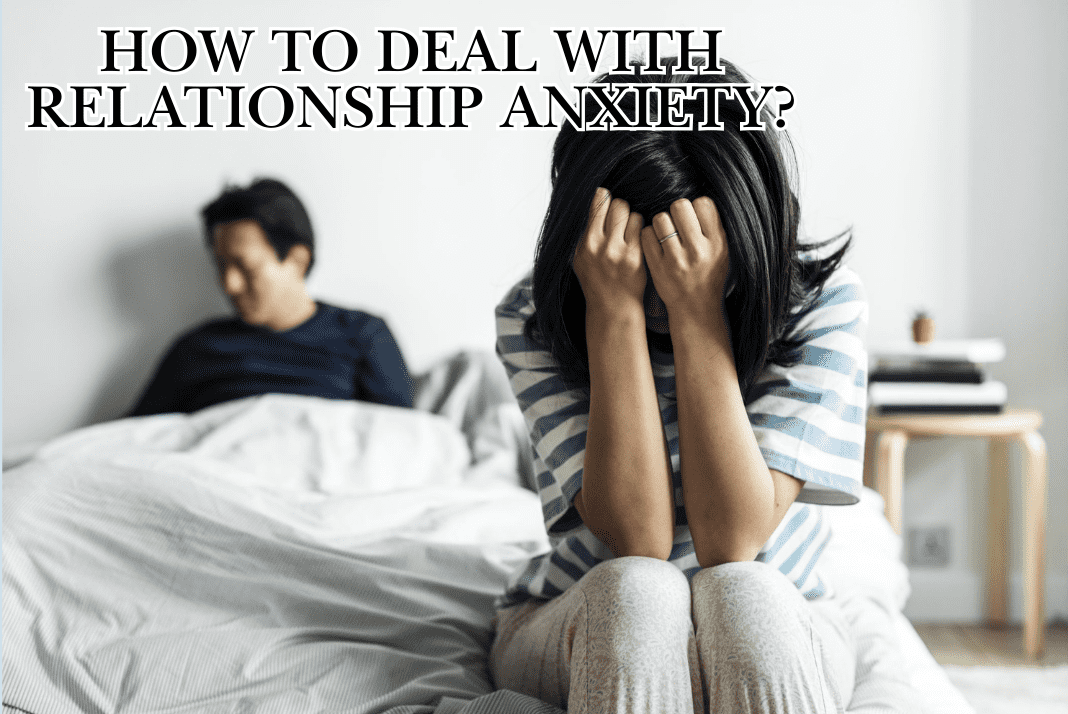Relationship anxiety can affect anyone, especially in new relationships or when insecurities arise. It’s common to feel anxious about how things will go, but constant worry can badly impact romantic relationships. Understanding and managing relationship anxiety is key to building trust and connection.
In this article, we’ll understand what is relationship anxiety? How to deal with relationship anxiety? If you’re experiencing relationship anxiety, it is crucial to identify the signs of relationship anxiety. Then, we’ll learn some effective tips to reduce the effects of relationship anxiety and live a healthy relationship.
Table of Contents
What is Relationship Anxiety?
Relationship anxiety is the fear and worry that can come up in a romantic relationship. It often involves overthinking, doubting the other person’s feelings, or questioning your own worth in the relationship. Relationship anxiety may lead to mental health issues such as constant worry, depression, and feelings of loneliness.
Causes of relationship anxiety often involve frequent arguments, trust issues, making each other insecure, and lack of communication. It is a general anxiety many couples face. It is important to understand the anxiety signs and tips to reduce anxiety in relationships.
6 Signs of Relationship Anxiety
Relationship anxiety is a generalized anxiety disorder that is faced by many couples who have relationship issues such as arguments, lack of communication, etc. People with anxiety make themselves and their partners feel uneasy. It is important to understand the signs of relationship anxiety to stop it earlier.
1. Doubting the other person’s feelings
These are cases where individuals doubt their feelings toward their partner and the relationship. They question whether their partner actually cares or is emotionally invested. It can show through constant reassurance-seeking and interpreting normal behaviors as signs of disinterest.
2. Needing or seeking frequent reassurance
Relationship anxiety can manifest in the form of one’s seeking frequent insurance in the relationship. One partner keeps asking whether or not they love or are committed to them. This sign often leads to anxiety in the relationship.
3. People-pleasing
Sometimes one partner consistently tries to please the other by satisfying their needs for one major reason: avoiding conflict or rejection. Because the person feels stress and anxiety about the thought of being rejected.
4. Looking for problems
When a person is continuously looking for problems or causing problems in a relationship, the partner will leave such a toxic relationship.
5. Worrying more than enjoying the relationship
The signs of relationship anxiety involve constant worrying and enjoying less. Constant fears and doubts remove all positive experiences. Sometimes the person is worrying because of his past relationship.
6. Fear of abandonment
When one person constantly says he’ll leave his partner, the other partner feels fear of abandonment. This feeling causes separation anxiety that leads to further mental health problems.
It is important to address relationship anxiety symptoms earlier. It is better to leave the relationship instead of anxious attachment. Learn to remove these signs and live a secure relationship.
7 Ways to Deal With Relationship Anxiety
Relationship anxiety is the persistent worry of being left out alone. This feeling can cause many mental health problems such as depression, general anxiety, stress, sleeplessness, and many more.
So, it is important to address relationship anxiety before it’s too late. Learn effective coping skills to understand your or your partner’s anxiety for coping with relationship anxiety.
1. Communicate your feelings openly
Being open about how you are feeling can help avoid misunderstandings and ensure anxiety does not build up. Open, honest conversations with your partner to avoid relationship problems.
2. Practice mindfulness to help ease worries
Mindfulness keeps you in the present moment. So one does not live in past relationship traumas or not worry about the future. Deep breathing exercises build emotional awareness that may help calm anxiety, focusing on the present rather than future fears.
3. Identify what’s triggering your anxiety
Knowing your anxiety triggers enables you to understand what are the root causes of your feelings. Talk to your partner about it and avoid those triggers.
4. Challenge avoidance behaviors
Challenging the avoidance behavior would mean engaging in an activity to remove the feelings of anxiety instead of worrying about it.
5. Be honest with your partner
Honesty is the main point in a relationship. If you’re feeling anxious about anything in the relationship, talk to your partner openly. Open communication clears up misunderstandings and partners become supportive of each other.
6. Engage in healthy activities together
Pushing your partner away from problems makes the anxiety worse. Try to engage in healthy activities together. Join hobbies that both like such as walking, exercising, or watching a movie together. Spending time together can enhance your loving relationship.
7. Seek professional guidance if needed
Seek help if the issue persists. Many mental health professionals offer therapy for anxiety in a relationship. Also, couples therapy is available if both want to work together for their relationship. Couple therapy involves cognitive behavioral therapy that finds out the causes of the problem and solves it from the root.
Conclusion
It is important to identify the signs of underlying anxiety to solve the issue earlier. Implement these effective tips to remove relationship anxiety. If the issue persists, consider seeking professional help. Therapy can help by giving you more effective strategies to improve your relationship.
Hi, I’m Sophia! Welcome to my blog Try Stress Management (trystressmanagement.com), where I share simple, down-to-earth ways to handle stress and bring more calm into everyday life. Think of me as your friendly guide, offering practical tips, reflections, and little reminders that we’re all figuring this out together.
When I’m not blogging, you’ll usually find me with a good book, sipping tea, or exploring new walking trails. I believe small changes can make a big difference—and that a calmer, happier life is possible for everyone.
